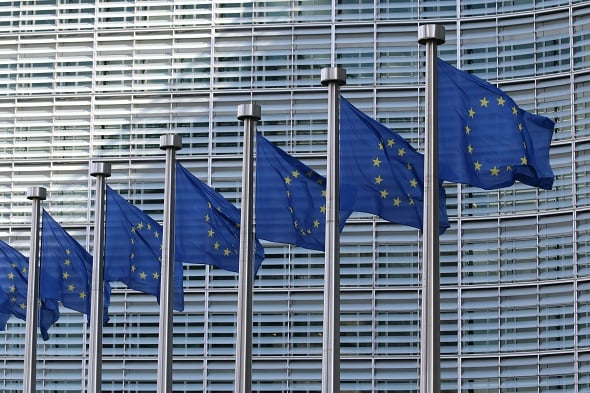In December 2020, the European Commission published a report on the implementation of the Antitrust Damages Directive, six years after its entry into force in December 2014.
The main purpose of the Damages Directive is to ensure that anyone who has suffered harm caused by a competition law infringement can effectively exercise the right to claim full compensation for that harm. Its aim is further to ensure the smooth interplay between private and public enforcement across the EU. The Directive therefore contains rules that remove practical obstacles to exercising the right to full compensation, such as rules on access to evidence, statutory limitation periods and quantification of damages.
Article 20 of the Directive requires the Commission to provide an in-depth analysis of the effects of the application of the Directive by end December 2020. However, since the majority of Member States did not comply with the implementation deadline of 27 December 2016, the Commission found that there was not yet sufficient evidence available to carry out a meaningful evaluation of the Directive. Instead, it decided to focus on a number of key developments surrounding the implementation of the Directive.

The Commission first notes the significant increase in the number of damages actions before national courts for competition law infringements since the adoption of the proposal for the Directive. Antitrust damages actions have become much more widespread across the Member States and the number of cases referred to the European Court of Justice for a preliminary ruling also increased. According to the Commission
“it appears that the Damages Directive has enhanced awareness of victims of EU competition law infringements of their right to effectively claim damages for harm suffered as a result of such infringements”[1].
As regards the implementation of the Directive across the Member States, the Commission’s report notes that the provisions were largely transposed literally across the Member States. Several Member States, including Germany and Portugal, have even imposed additional measures where implementation extends to claims based on infringements of declaratory actions, injunctions and interim measures. Three Member States have also extended the rebuttable presumption that a cartel causes harm. According to the Commission, there are, however, varying rules across the Member States as regards the sanctioning of breaches of rules on disclosure. All Member States have introduced disclosure rules based on the Damages Directive, but the range of penalties for the breach of disclosure rules varies and is sometimes beyond the scope of the Directive. The Commission also notes that all Member States have implemented the minimum limitation period of five years in respect of antitrust damages claims and that some Member States go beyond the minimum harmonisation rule, such as Cyprus, Ireland and Latvia.
The report further discusses the role of the Commission and of the Court of Justice in the implementation of the Directive. The Commission’s contribution to the implementation of the Directive includes the Passing-on Guidelines and the Confidentiality Communication. Neither of these documents are binding, but their goal is to be a source of inspiration, in particular for national courts that deal with antitrust damages cases. The Court of Justice, for its part, has continued to play a crucial role in shaping the framework for private enforcement in the EU, notably through four key rulings summarised by the Commission (Cogeco, Skanska, Tibor-Trans and Otis).

The Commission concludes its report with the acknowledgment that the effectiveness of the Directive will greatly depend on its actual implementation by national courts, however it notes that the rights of victims of antitrust infringements already appear to have been substantially strengthened in all Member States. Once sufficient evidence from the application of the new rules has been accumulated, the Commission will publish a more detailed report.
Overall, the Commission’s report only provides a limited overview and falls short of a real impact assessment of the implementation of the Damages Directive across the EU. It is however already clear that the Damages Directive has resulted in significant changes in all Member States to facilitate private enforcement actions. Throughout recent years, antitrust litigation has become part of our environment. It is becoming more common and easier for antitrust victims to claim damages for harm suffered. We will therefore retain the Commission’s overall positive conclusion that the Damages Directive has improved antitrust victim’s rights and led to a significant increase in private antitrust damages actions in Europe.
[1]https://ec.europa.eu/competition/antitrust/actionsdamages/report_on_damages_directive_implementation.pdf, p.4.




